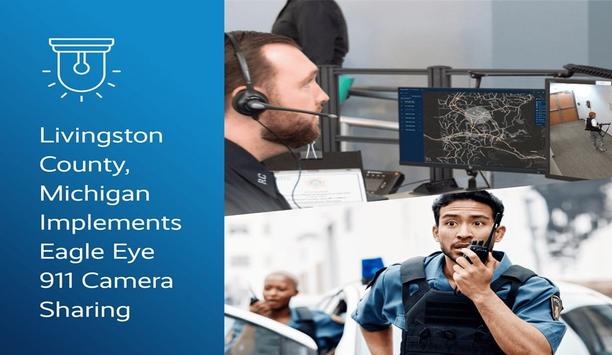Education is always a hot vertical market, so Panasonic’s acquisition of Video Insight is not a surprise considering the video management system (VMS) supplier’s popularity among school professionals. Panasonic cameras have been installed in a lot of schools, too, and the Japanese conglomerate has several other product categories that also play in the school market, such as interactive white boards, audio systems, etc.
The surprising aspect of the acquisition, announced this week, is the purchase of an open-system VMS supplier by an equipment manufacturer (shades of Canon and Milestone?). Panasonic is only one of dozens of camera companies whose products integrate with the Video Insight VMS. And as a long-time supporter of open systems, Panasonic’s cameras work with any number of other VMS systems besides Video Insight. Is this combination another example of the security industry’s version of an “open marriage?” We saw a similar approach last year when everyone all around proclaimed continued openness as Canon bought Milestone. Maybe this latest sale is not surprising after all, but a continuation of a new trend (the 2013 acquisition of Exacq by Tyco also comes to mind).
Synergies don’t have to be exclusive to be powerful, and there are clear synergies between where Video Insight is in the education market and where Panasonic would like to be. I saw Video Insight’s latest, slick user interface at last year’s ISC West, and I’m sure it’s already a big hit in the field. It goes without saying that Panasonic cameras are among the most robust and powerful on the market. (Video Insight also has customers in the financial, government, retail and transportation sectors, as does Panasonic.)
An interesting open question surrounds a historic contrast in cultures between the two companies, specifically how they interact with end users and the dealer channel. Panasonic has always been a strong supporter of dealer/installers and has interfaced with end users at a distance, if at all. In contrast, Video Insight has historically maintained close ties with its end user customers (some have suggested to the detriment of the dealer channel). Could that approach somehow undermine Panasonic’s strong standing among dealers? Could it signal a desire for Panasonic itself to work more closely with end users? Only time will tell.
For now, suffice it to say the new combination (boosted by the familiar Panasonic name and Video Insight’s strength in education) could be formidable. The ability to offer a solution sale is appealing to all parties.









































